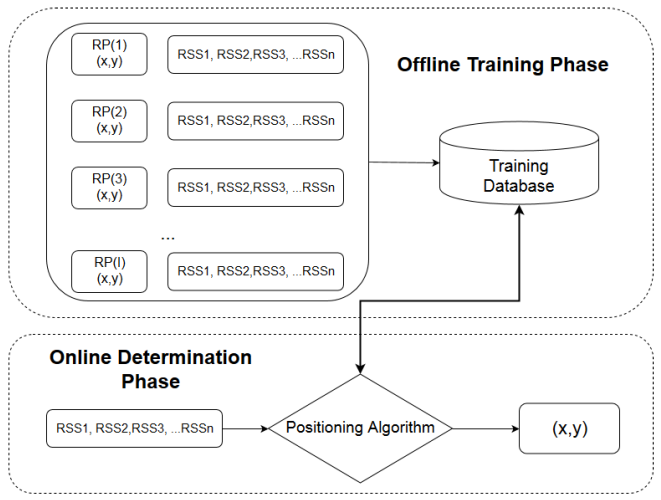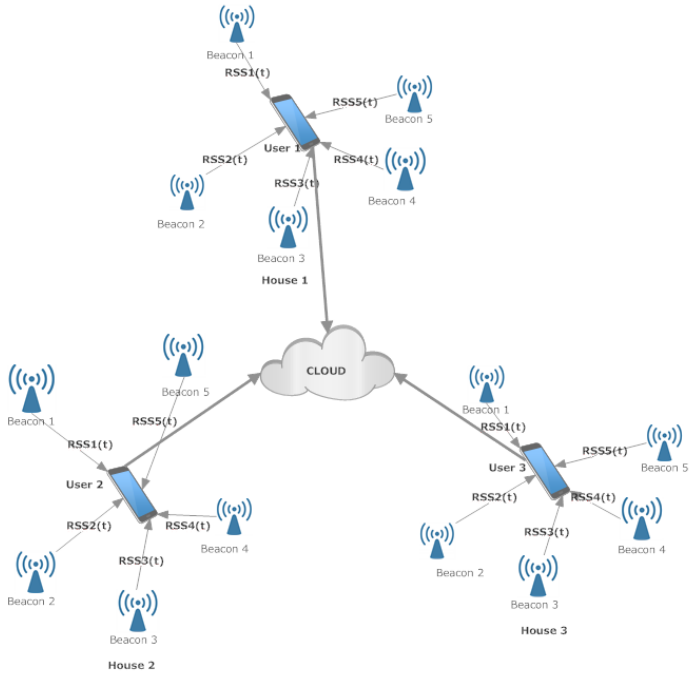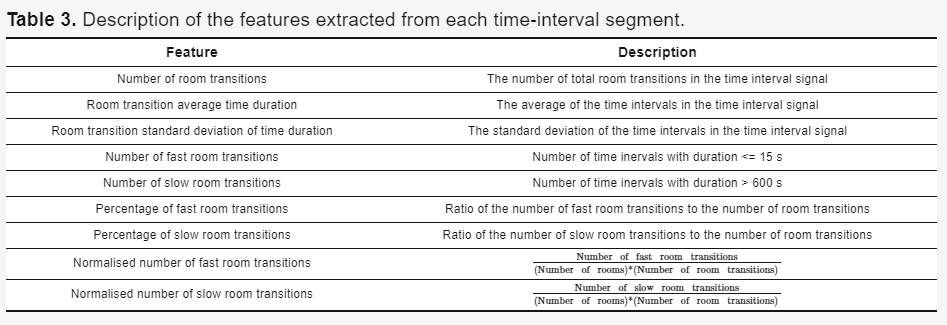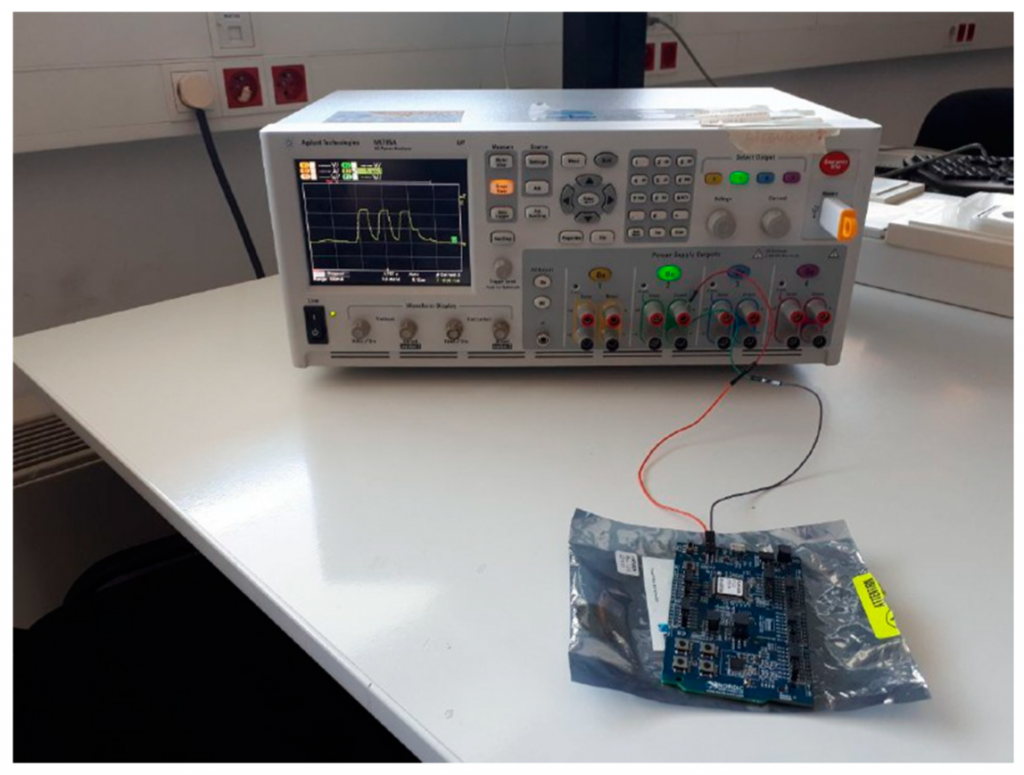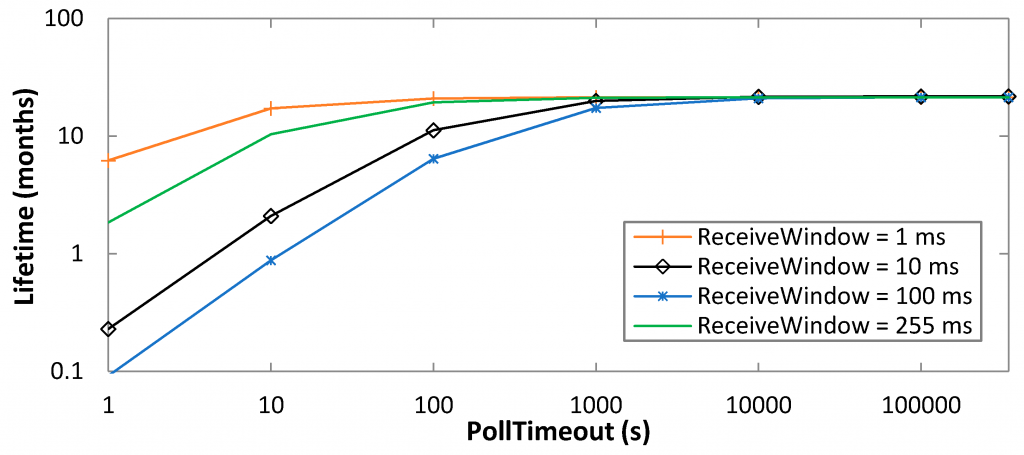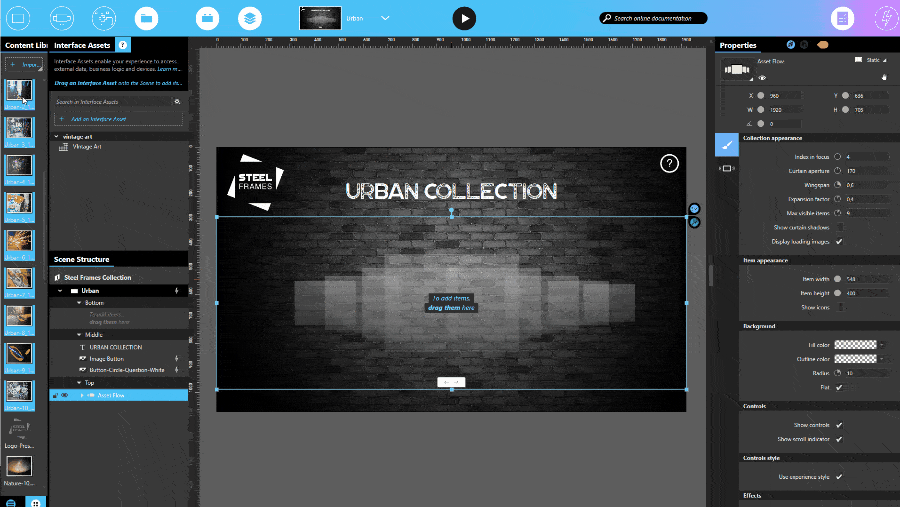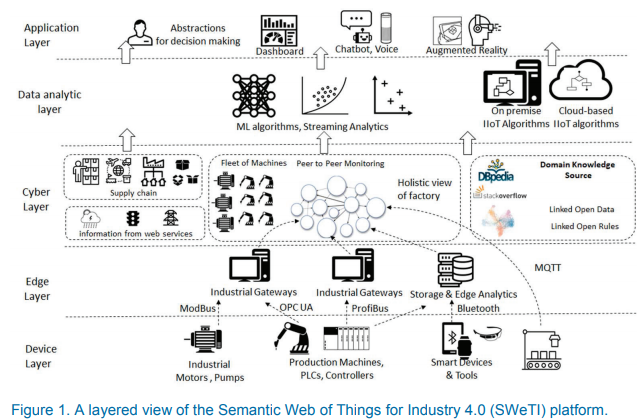A common usecase for beacons is time and attendance management. This involves needing to know who has been where and for how long.
Our gateways have been used in education for automatically recording student registration. They have been particularly suitable in ‘open lab’ type scenarios where there’s not always staff around to record attendance. Beacons are given to students that are recorded by gateways. It’s also possible to have the gateways act as beacons so that smartphone apps can unlock things such as electronic teaching materials on a student-by-student basis.
Another usecase is personal tracking of time spent in places or on projects for expensing to clients. Again, this can be done accurately and automatically.
A further usecase we have come across is the use of our beacons on evidence-based policing. Police officers on the beat often have to account for how long they have spent at particular locations. An Android app carried by officers records beacons (location) and sends the data to a central server. This prevents the need for paper based processes to determine who has been where.
There’s ready made software available such as Seats Software and Calamari. However, we find that clients sometimes have more specific, yet simpler needs that don’t necessarily map well to ready-made solutions.
Consider our development services.
